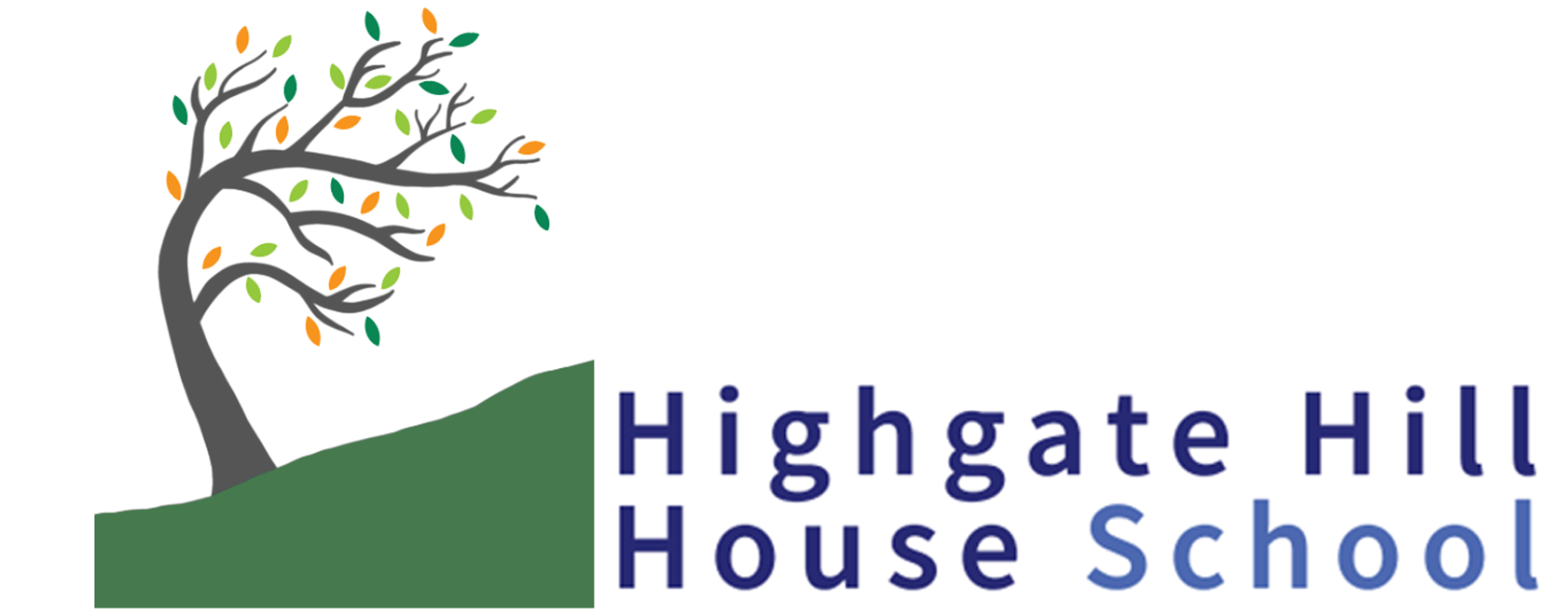Supporting Students who are on the Autistic Spectrum
Highgate Hill House School is an Autism friendly school. Teachers and support staff work closely with our Educational Psychologist to assess and design programmes to enable our students to achieve and develop to their best ability. We have two main approaches: SCERTS and Sensory Integration Therapy.
What is SCERTS?
SCERTS is an innovative educational model for working with children with autism spectrum disorder (ASD). It provides specific guidelines for helping a child become a competent and confident social communicator, while preventing problem behaviors that interfere with learning and the development of relationships. It also is designed to help families, educators and therapists work cooperatively as a team, in a carefully coordinated manner, to maximize progress in supporting a child.
The acronym “SCERTS” refers to the focus on:
“SC” – Social Communication – the development of spontaneous, functional communication, emotional expression, and secure and trusting relationships with children and adults;
“ER” – Emotional Regulation – the development of the ability to maintain a well-regulated emotional state to cope with everyday stress, and to be most available for learning and interacting;
“TS” – Transactional Support – the development and implementation of supports to help partners respond to the child’s needs and interests, modify and adapt the environment, and provide tools to enhance learning (e.g., picture communication, written schedules, and sensory supports). Specific plans are also developed to provide educational and emotional support to families, and to foster teamwork among professionals.
The SCERTS Model can be used with children and older individuals across a range of developmental abilities, including nonverbal and verbal individuals. It is a lifespan model that can be used from initial diagnosis, throughout the school years, and beyond. It can be adapted to meet the unique demands of different social settings for younger and older individuals with ASD including home, school, community, and ultimately vocational settings.
The SCERTS Model includes a well-coordinated assessment process that helps a team measure the child’s progress, and determine the necessary supports to be used by school and family members.
How does SCERTS compare to other approaches?
The SCERTS curriculum provides a systematic method that ensures that specific skills and appropriate supports, stated as educational objectives, are selected and applied in a consistent manner across a child’s day. It can incorporate practices from other approaches including contemporary ABA, TEACCH, Floortime, RDI, Hanen, and Social Stories®.
Are you looking for a UK Casino without the restrictions imposed by the UK Gambling Commission then a non Gamstop casino may be good for you.
Sensory Integration Therapy
Autism’s symptoms often include difficulty processing sensory information such as textures, sounds, smells, tastes, brightness and movement. These difficulties can make ordinary situations feel overwhelming. As such, they can interfere with daily function and even isolate individuals and their families. Motor clumsiness, behavioral problems, anxiety, depression, school failure, and other impacts can result.
Sensory integration therapy, uses play activities in ways designed to change how the brain reacts to touch, sound, sight and movement.
Sessions typically takes place in a sensory-rich environment sometimes through fun activities that are subtly structured so the child is constantly challenged but always successful. The goal is to foster appropriate responses to sensation in an active, meaningful, and fun way so the child is able to behave in a more functional manner.Over time, the appropriate responses generalize to the environment beyond the clinic including home, school, and the larger community.
